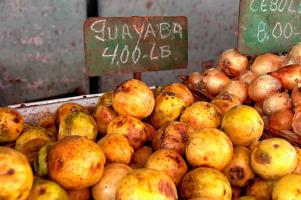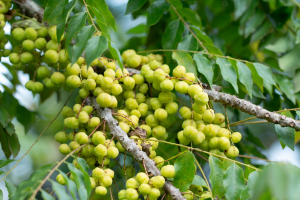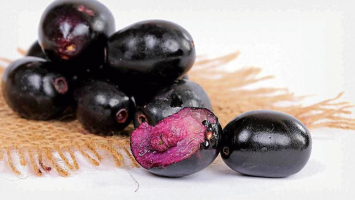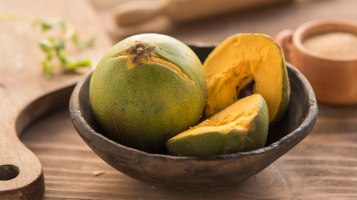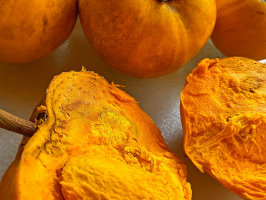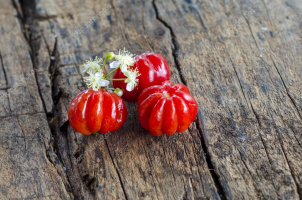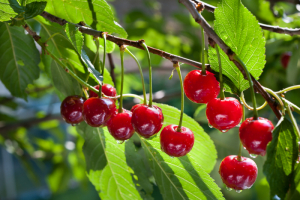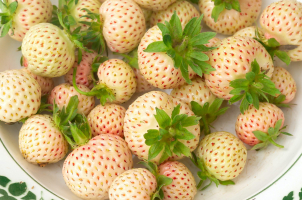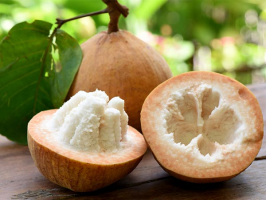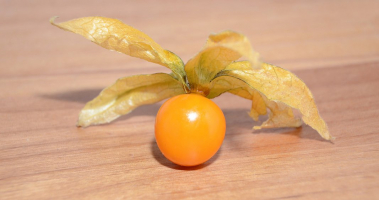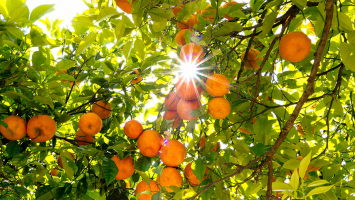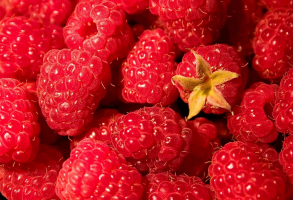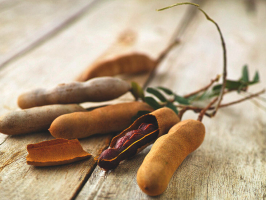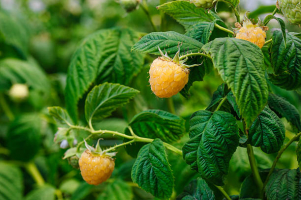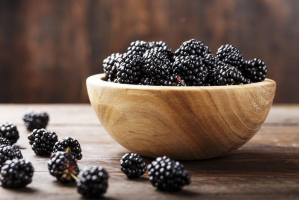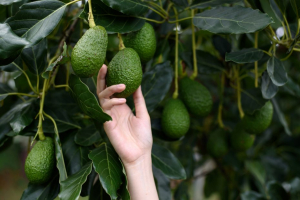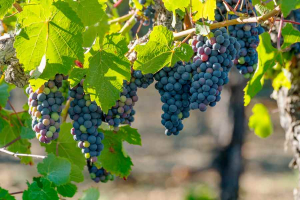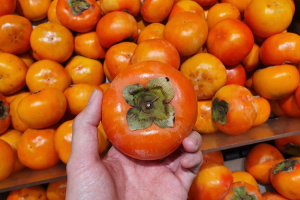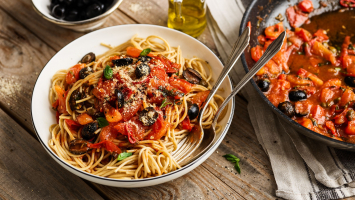Top 5 Most Delicious Guatemalan Fruits
The Spanish Colonial architecture and its mix with Guatemalan traditions have made Guatemala one of the most beautiful countries in Latin America. This country ... read more...has a great variety of cultures and people that enjoy life to the fullest. One of the most famous things in this country is the fruit. Guatemalan fruits are known for their juicy, succulent, and sumptuous tropical flavor. With a wide variety of fruits, from drupe fruits to berries, fruit in Guatelaman will make you unforgettable when you leave. Below are the most delicious Guatemalan fruits, let's find out!
-
Banana passionfruit, botanically classified as Passiflora mollissima, is a South American species belonging to the Passifloraceae family. The oblong, yellow fruits were named for their similarity in color and shape to a small banana and grow on evergreen climbing vines that can reach 6 to 7 meters in length. Banana passionfruit is a vigorous plant, maturing and bearing fruit in just one year. In its native habitat in South America, the vines can live for 15 to 20 years, and one single vine can produce 150 to 300 fruits per year.
Small to medium-sized, with an average size of 5 to 12 centimeters in length and 3 to 4 centimeters in breadth, and with a straight, oblong to ovoid form that tapers slightly at both ends, is the banana passionfruit kind. The skin ripens from green to pale yellow and becomes semi-thin, leathery, silky, and dusted with downy fuzz. Underneath the skin, the flesh is made up of tiny arils with flat, black, elliptic seeds encased in an orange-colored, meaty, watery, transparent pulp. The delicious, tropical aroma of the arils is evocative of oranges, and they are slippery and fragrant. The flavor of banana passionfruit is sweet, acidic to subacid, and tropical with hints of nectarine and peach. It is significant to remember that while the seeds are edible, they could taste harsh. Besides Guatemala, this excellent fruit thrives well on the islands of Hawaii and Kauai. It is the loved food of many birds in the natural environment. In terms of cuisine, if you do not want to eat it raw, you can try salads, drinks, and many desserts made from this fruit.
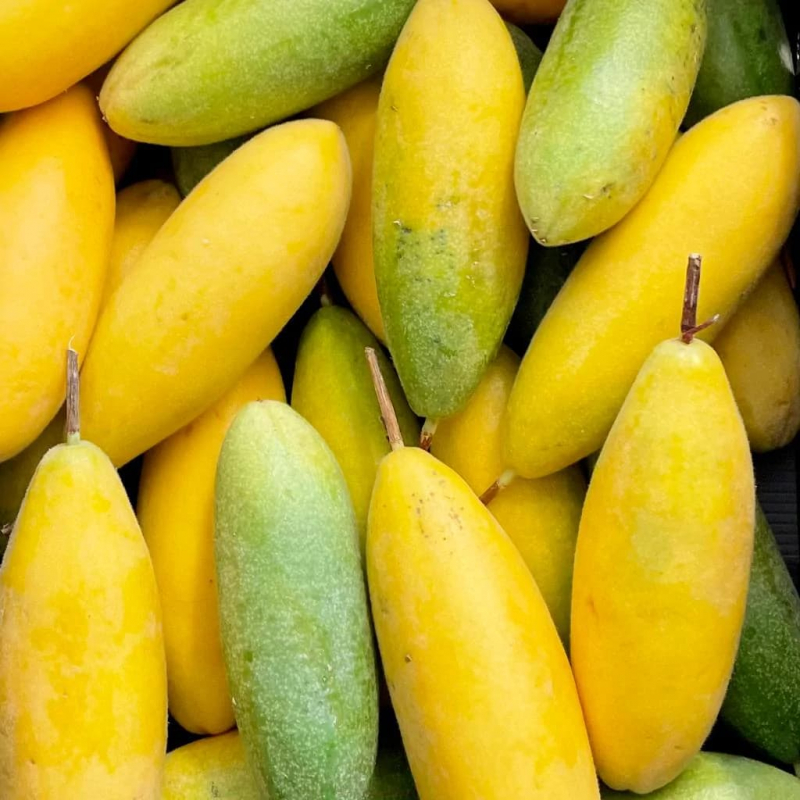
Exotic Fruits 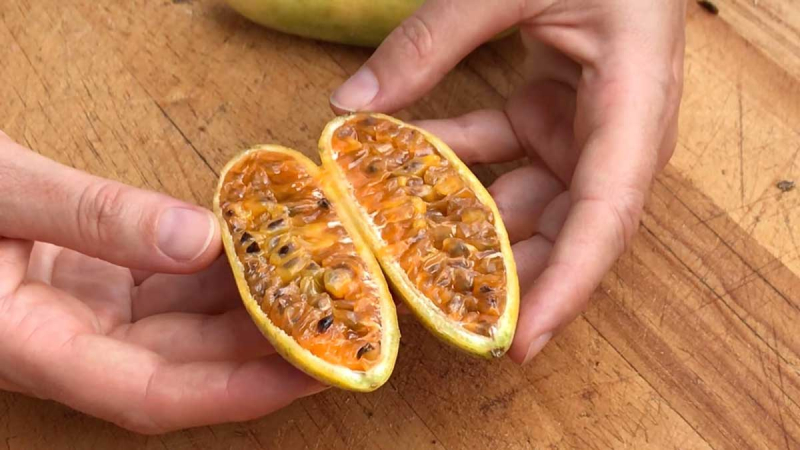
Garden Paradise Seeds -
Nance fruit is scientifically classified as Byrsonima crassifolia, and is also commonly referred to as Golden Spoon, Yellow Cherry, or Golden Cherry. Nance is a typical fruit of Guatemala. You can see this fruit commonly in the wild. Besides Guatemala, it is simple to come across nance in other regions in South America and Central America. This fruit will thrive well in tropical and subtropical areas. Guatemalans often consume it fresh or mix it in many foods.
Approximately ten meters tall, the nance fruit grows in clusters on the enormous shrubs. One to two centimeters in diameter, the tiny fruits are spherical. Fruit from the nance family becomes yellow-orange as it ages from green. It is simple to peel the fruit's thin skin. There are one to three tiny, inedible white seeds inside the nance fruit's greasy white pulp. Because the pulp contains a lot of oil, its aroma has been called "soap-like." When completely mature, Nance fruits have a nutty flavor and a somewhat acidic texture. The Nance shrub's fruit and bark both have nutritional value. Nance fruits are rich in vitamin C and also include calcium and phosphorus as well as other minerals. Additionally a good source of fiber, fruits are. Tannins and oxalic acid are present in the bark and unripe Nance fruit.
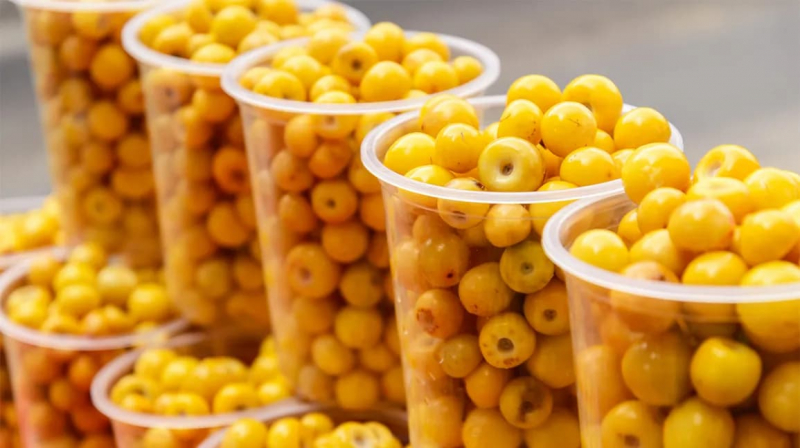
Healthline 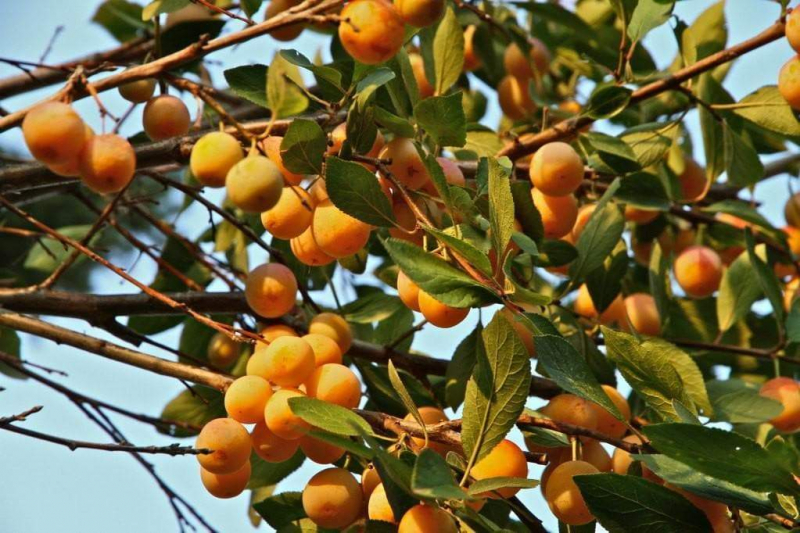
Caribbean Garden Seeds -
Mamey sapote, botanically classified as Pouteria sapota, is an ancient pre-Hispanic fruit belonging to the Sapotaceae family. Zapote mamey is a national Cuban fruit, but it is also well-known in Guatemala and other regions. This yummy fruit is native to Central America and Mexico. Now, people cultivate zapote mamey in the Caribbean and Latin American nations. Mamey sapote grows on slow-growing trees that can reach 15 to 45 meters in height. Once the trees have reached their fruit-bearing stage, Mamey sapote fruits can also take over two years to grow. The species does not grow true to seed, so the majority of the trees for commercial cultivation are developed from grafting for faster cultivation.
The mamey sapote is a medium to big fruit with a round, oval, or oblong shape with, occasionally, tapering, pointy ends. Its average length and diameter are 8 to 25 and 6 to 10 cm, respectively. The skin is grainy, scruffy, and somewhat rough, and ranges in color from light to dark brown. The flesh is soft, creamy, and dense behind the skin, varying in color from orange to red to salmon. It has a delicate, silky consistency and a slight squash-like odor. There are also one to four glossy, black-brown, elliptical seeds in the center of the meat. The seeds can be extensively processed to remove the poisons and make them safe for use in cooking even if they are hazardous and inedible when eaten raw. Mamey sapote is only edible when fully ripe and gives slight pressure when squeezed. The flesh bears a complex sweet and savory flavor, containing subtle notes of vanilla, nutmeg, apricots, and root beer mixed with honeyed pumpkin, squash, and sweet potato nuances.
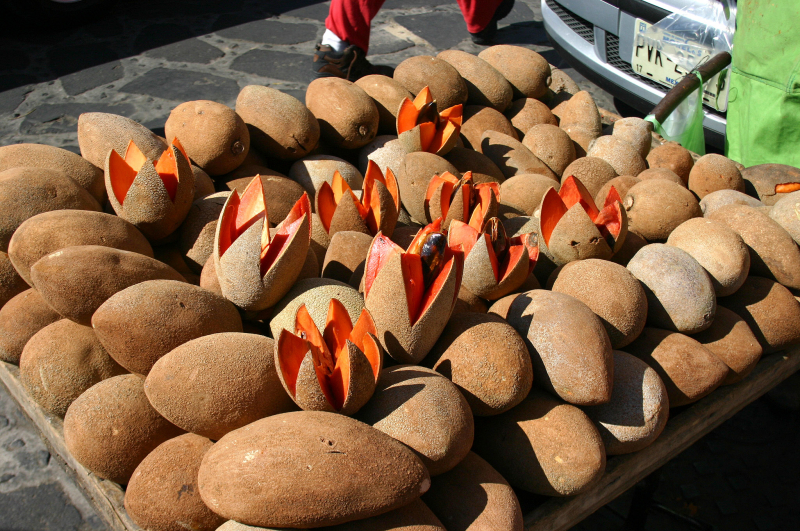
Wikipedia 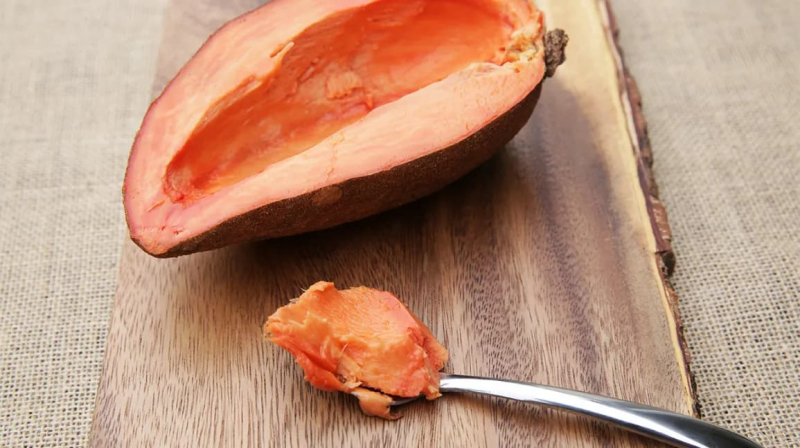
Healthline -
Mamoncillo, or Spanish Limes, as they are known in the United States, got their name from their resemblance to small, unripe limes. Their likeness to limes is limited to appearance only. Botanically referred to as Melicoccus bijugatus (and sometimes Melicocca bijuga), the small green fruits go by many names in their native region. The Latin name literally translates to “honeyberry”. The fruit is considered a drupe, a fruit with an outer fleshy part, surrounding a hard shell that contains a seed, similar to most stone fruit.
Mamoncillos are huge green, leafy trees that bear clusters of 12 or more fruits at the ends of their branches. The fruits are frequently offered for sale in clusters after being cut from individual branches. The little fruits are almost perfectly spherical and range in diameter from 3 to 4 cm. With the odd protrusion in front of the stem end, the thin skin is leathery, strong, and smooth. The pulp resembles lychee in appearance, being gelatinous and sparkling. Mamoncillo which is still unripe has a slightly "hairy" texture and can be sour. Mamoncillo has a pulp that, when mature, is pleasantly acidic and tastes like a cross between lychee and lime.
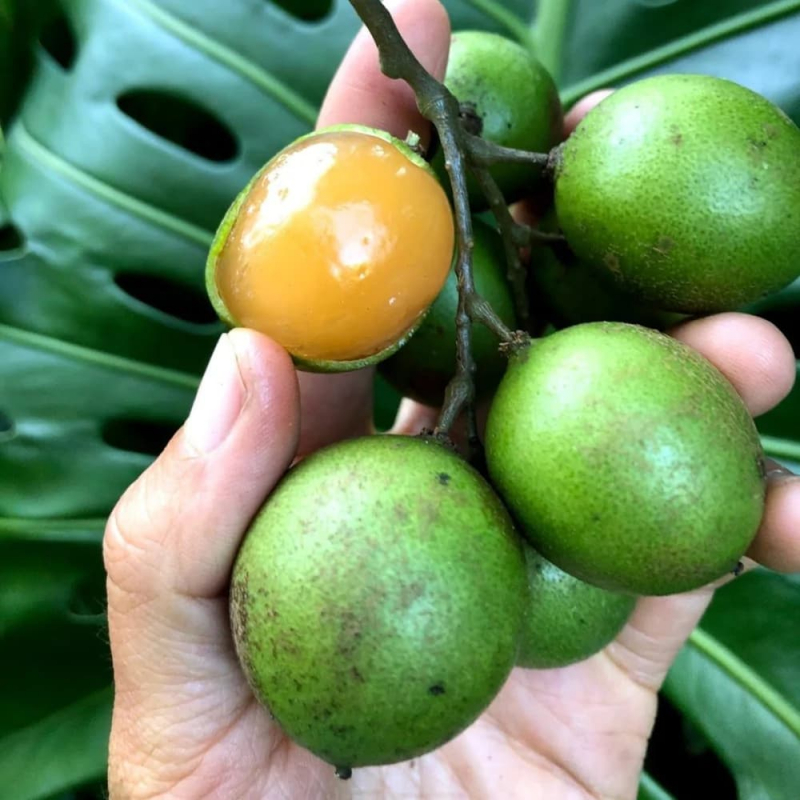
iStock 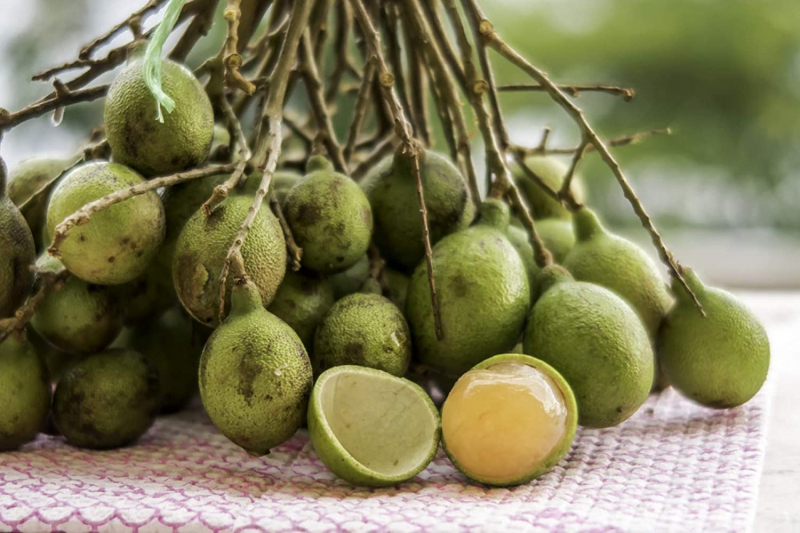
The Kitchn -
The loquat (Eriobotrya japonica) is a large evergreen shrub or tree, grown commercially for its orange fruit and for its leaves, which are used to make herbal tea. It is also cultivated as an ornamental plant. The tree can reach a height of 5–10 meters, however, it typically grows to be just 3–4 meters tall. Depending on the local temperature, the fruit starts to ripen in the spring through summer. The leaves are thickly velvety-hairy below and thick yellow-brown pubescence on the upper surface; the young leaves are also densely pubescent above, but this soon rubs off. The leaves are alternate, simple, 10-25 centimeters long, dark green, tough, and leathery in texture, with a serrated margin. The loquat is low in sodium and high in vitamin A, vitamin B6, dietary fiber, potassium, and manganese.
Initially, loquat originated in China more than a thousand years ago. Chinese started using this fruit in the Tang Dynasty. And Chinese immigrants brought this fruit to Guatemala, Hawaii, California, and American countries. Guatemalans love the taste of loquat or nispero in many delicious recipes. To express their love for this fruit, Guatemalans held the Festival de Nispero annually at San Juan del Obispo. In Guatemala, people prefer consuming raw loquat or making salads from this fruit. Sometimes, you can find the taste of loquat in jams, chutneys, pies, and other desserts.
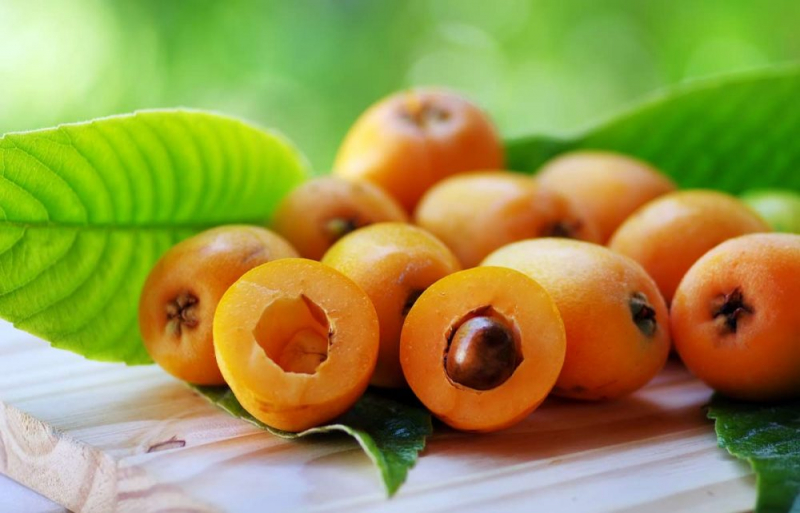
Healthline 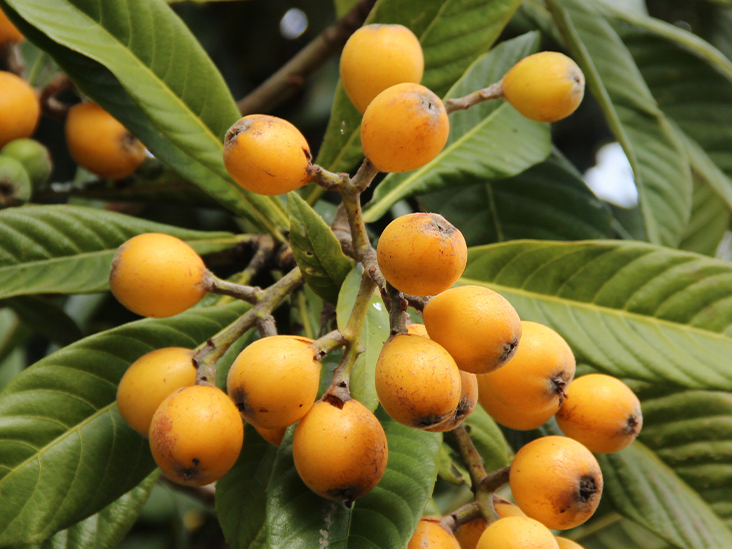
Healthline







